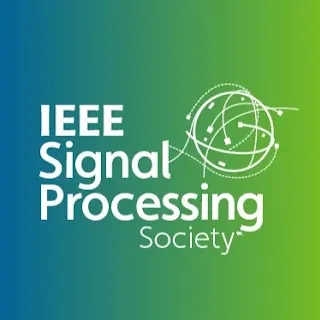Performance Analysis of Smart Grid Wide Area Network With RIS Assisted Three Hop System
In this paper, we investigate the performance of a wide area network (WAN) with three hops over a mixed radio frequency (RF), reconfigurable intelligent surface (RIS) assisted RF and Free space optics (FSO) channel. Here RIS and decode-and-forward (DF) relays are used to improve the coverage and system performance. For general applicability, the RF and FSO links are modelled with Saleh-Valenzuela (S-V) and Gamma-Gamma distribution, respectively.
